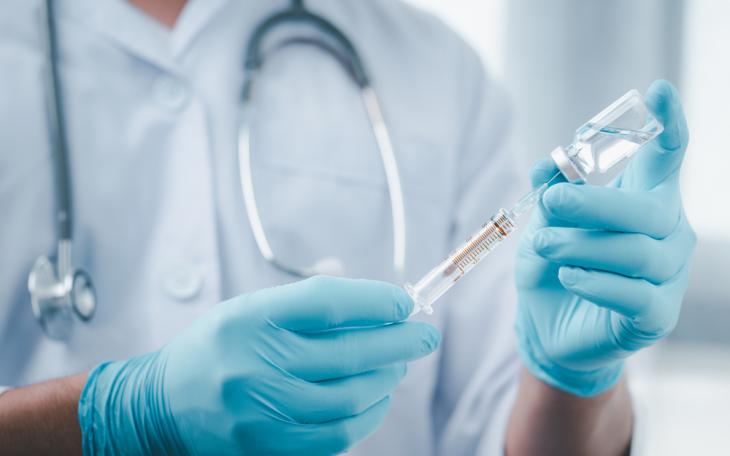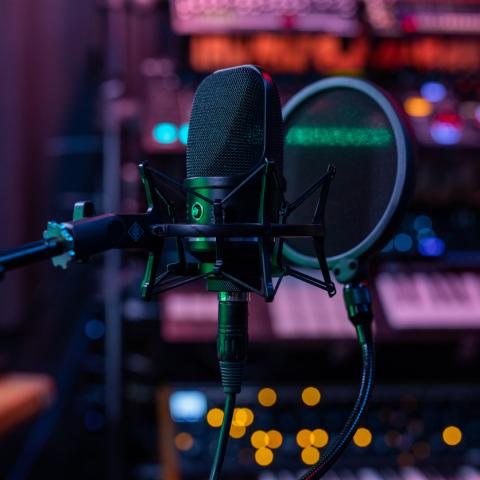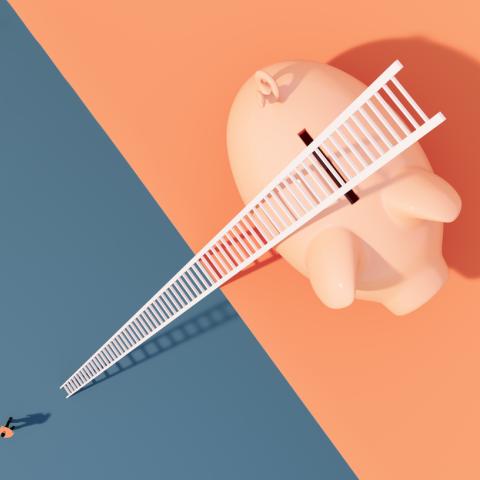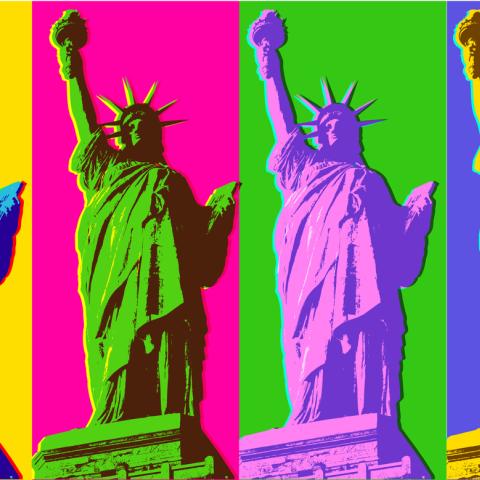My experience of being vaccinated

By Gareth Jones
Last Friday, I received my Covid-19 jab in one of the newly established vaccine centres in Guy’s Hospital near London Bridge, taking part in the country’s biggest ever vaccination programme. With about 10 million vaccine doses delivered so far in the UK, I wouldn’t suggest my experience is particularly unique. However, being one of the first of my (relatively) young age group, I thought I would share a few observations of experiencing the process first-hand.
Being reasonably high up the priority list, thanks to a pre-existing health condition, I assumed that I would be in line for the jab at some point in the Spring. The fact I received my first dose at the end of January is testament to the speed and efficiency of the programme and its successful rollout. That speed and efficiency was very much on display at the vaccination centre, which is by all accounts an impressive logistical operation, made possible through the planning and hard work of NHS staff.
Rather than have patients enter an already overcrowded hospital, the vaccinations are administered in separate tents outside, which work as mini production lines, administering dozens of people in 15-minute time slots. On entering, a man checked my online booking and guided me to the waiting room, which was – thankfully – ventilated, with everyone sitting in the same direction, masked and spaced apart. I was given a leaflet with information about the dose I’d receive (in my case it was the Pfizer vaccine). I then had a consultation with an administrator and the on-site doctor about my medical history and suitability for the vaccine. The doctor told me that although the vaccine was proven to be effective, it would not make me bullet proof after my first dose – so no parties or raves in the near future (if that were possible or legal). You get a card with information about your second dose – for 12 weeks’ time – and then shown to a booth.
The vaccination itself is very quick – a little jab in the upper arm (tip: wear a short-sleeved t-shirt). I can’t pretend to like needles. It’s not so much the pain, which is pretty mild, but the uncomfortable preceding seconds as you anticipate the needle penetrating your skin. Reassuringly, the nurse laughed at my squeamishness – although, disappointingly, I did not receive a sticker (which I subsequently found out that other people had received). You’re then required to wait 15 minutes to check you have no adverse or allergic reaction and you are then free to leave. You’re done.
Overall, the experience left me with two overriding impressions. The first was just the relief of being vaccinated and the reassurance that a significant chunk of the UK population was being covered off in a very impressive and efficient process. It gives you hope that this is the beginning of the end and life will be returning to normal before not too long. The second is the admiration of those who are making this possible. Much has been written about the political and policy decisions behind the vaccine rollout – and the government certainly deserves credit for meeting the scale and supply challenges that other nations have struggled with. But the experience also provides a small window into how the NHS is responding to the pandemic. No-one going through these centres would fail to see that the staff are working flat-out in what seemed like a military-style operation – one that’s taking place all across the country, delivered by those who have already experienced one of the toughest 12 months in the organisation’s history.
Support and appreciation for the NHS from the general public has been evident throughout the pandemic and I would expect that sentiment to be reinforced by the end of the vaccination rollout, as everyone gets to experience this process first-hand.









